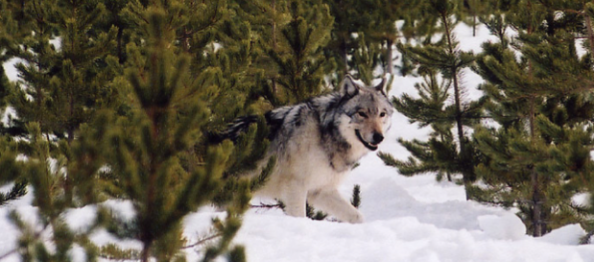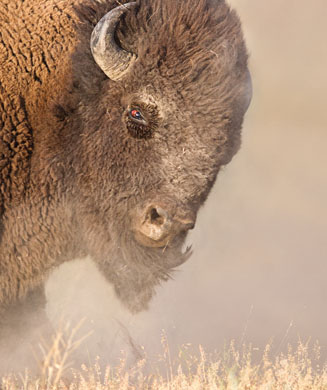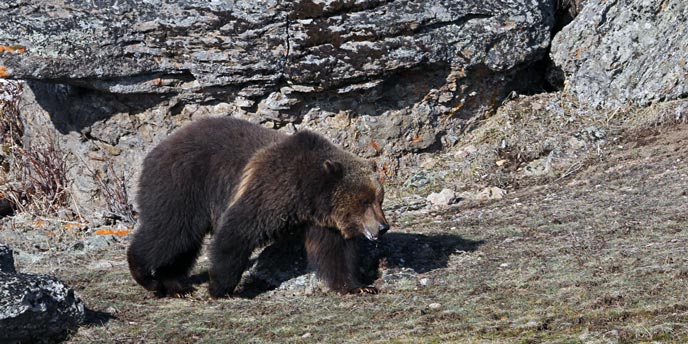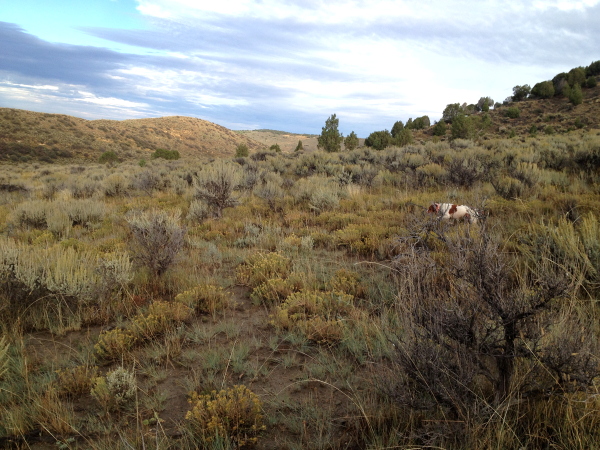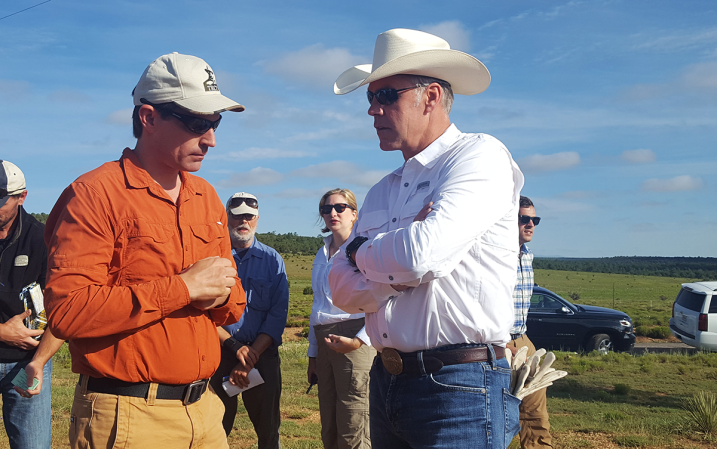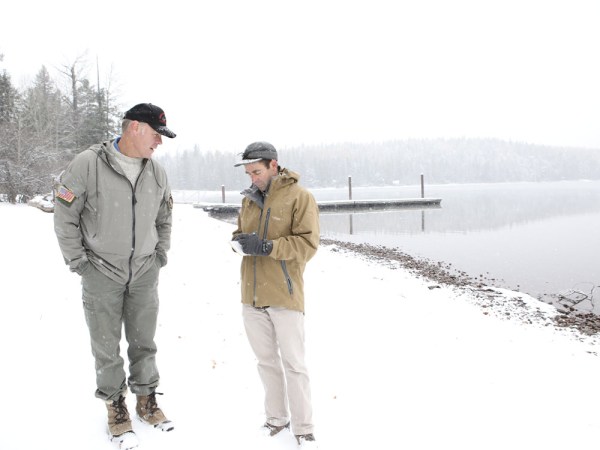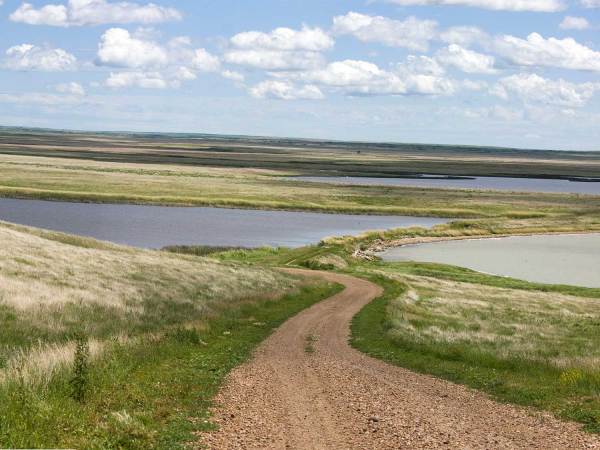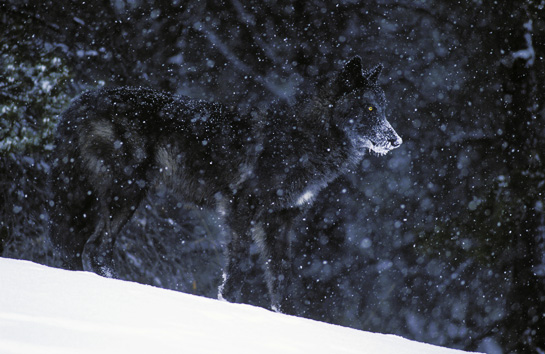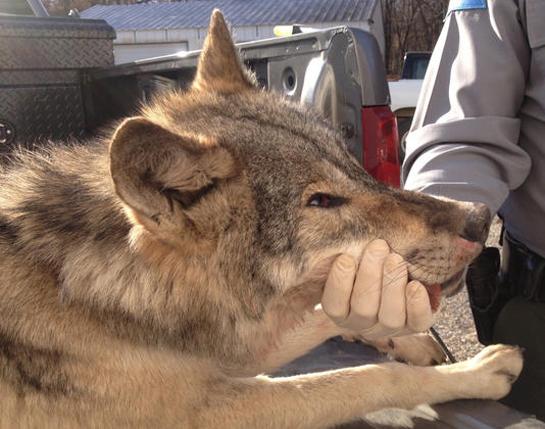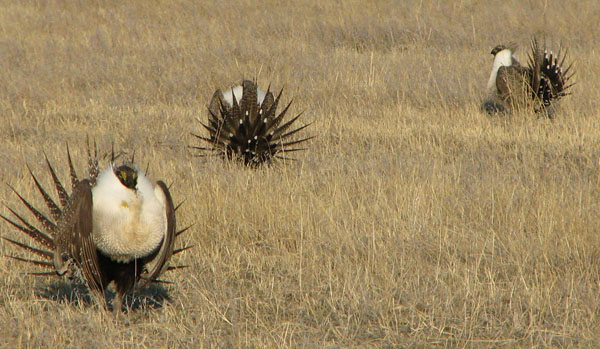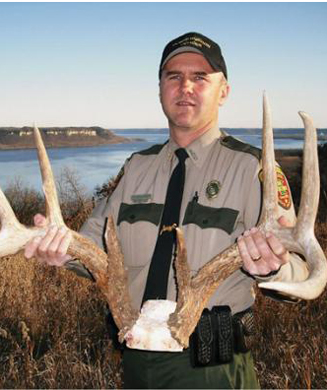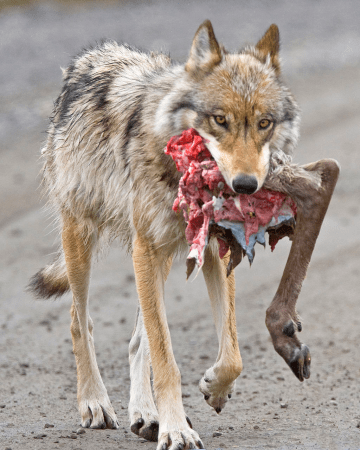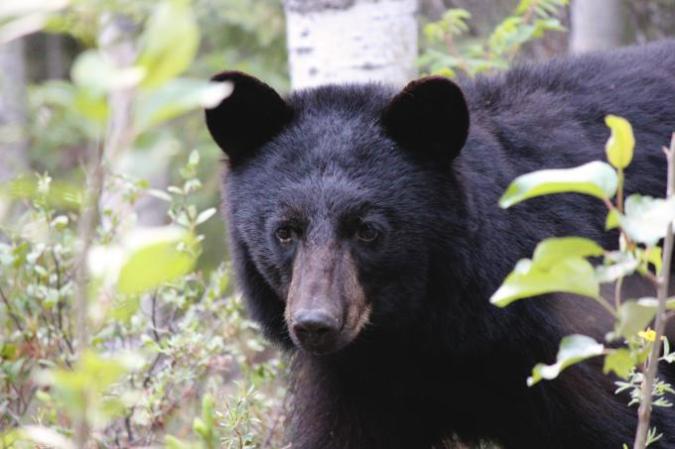It is the year of wolf. Or so it seems.
Earlier this year, Michigan, Wisconsin, and Minnesota saw their wolf populations delisted.
That those states would have a wolf hunting and/or trapping season has never been in question for many residents. It’s simply been a matter of when. Idaho and Montana adopted wolf seasons soon after the animals were delisted there. Minnesota added a wolf hunt just weeks after its population was delisted in January.
Wyoming, however, is at the head of the delisted-to-hunted train. Wyoming’s wolf population is expected to be delisted on Sept. 30. Wyoming’s new wolf season would open the next day.
The North American Model of Wildlife Conservation is a pretty sound doctrine when it comes to wildlife species management. Hunting is a critical component of that model. Wolves, where restored, should be managed and held in balance. Hunting should be utilized as a method of that management.
This argument was at the core of Wyoming’s struggle to regain the responsibility of managing its wolf populations from the federal government. The U.S. Fish and Wildlife Service wanted the state to establish a management plan that included hunting seasons and regulations that would treat wolves like big game animals. Wyoming wanted to handle wolves as “predatory animals” or varmints and allow unrestricted hunting. In the end, the two parties compromised. The hunting units surrounding Yellowstone and Grand Tetons National Park (where most of the wolves in the state are located) will have regulated hunting seasons. The rest of the state will allow unrestricted wolf hunting.
But here’s a question that I don’t think many people have asked hunters: Are wolves a big game animal? Or, are they varmints?
Coyotes are treated and managed as a nuisance varmint species. Why not wolves?
Obviously, wolf populations are much smaller than that of coyotes in many areas. But wolves are two to three times as big as a coyote (generally speaking) and eat about twice as much. It’s proven that the can do damage to game populations just like coyotes. Should hunters view them differently?
Please tell us your opinion in the comments section below!

